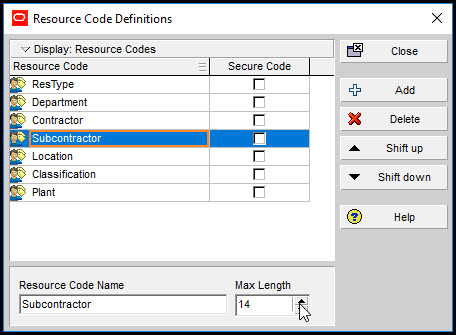“Spending
Plan” is the least used option in Primavera, but it is especially helpful when
you want to track your Actual Costs against the Budget allocated to your
project. You can track Actual Cost vs. Budget across WBS and rolling up to your
Project and ultimately to your EPS. While using Spending Plan we need to keep
one this in mind that this method uses a Top Down approach i.e. You have a total
budget on the top node (Project) and you distribute it to the respective
EPS/WBS underneath it.
Note –
Spending plan dates start from PS-3 Months and finishes by after 4 yrs.
The
following fields are used in Spending Plan;
1) Spending
Plan – This is a user entered field where you enter the allocated Budget
for the WBS/Project/EPS.
2) Spending
Plan Tally – is a summary and it rolls up from the child nodes. If you are
using it for a project then it will rolls up one level up from the child WBS
and the same for EPS nodes.
|
WBS
|
Spending Plan
|
Spending Plan Tally
|
|
|
WBS 1
|
200
|
200
|
Rolls up from WBS 1.1 + 1.2
|
|
WBS 1.1
|
100
|
0
|
No Spending
Plan Tally cause no child node
|
|
WBS
1.2
|
50
|
0
|
No Spending
Plan Tally cause no child node
|
|
WBS 2
|
50
|
10
|
Rolls up from WBS 2.1
|
|
WBS 2.1
|
10
|
0
|
No Spending
Plan Tally cause no child node
|
|
|
|
|
|
|
3) Undistributed Current Variance
– (Spending Plan – Spending Plan Tally) – Follows a Top Down logic, it
shows whether you have distributed your budget to the child nodes (WBS/EPS) or
not.
|
WBS
|
Spending Plan
|
Spending Plan Tally
|
Undistributed Current Variance
|
|
WBS 1
|
200
|
200
|
0
|
|
WBS 1.1
|
100
|
0
|
100
|
|
WBS 1.2
|
50
|
0
|
50
|
|
WBS 2
|
50
|
10
|
40
|
|
WBS 2.1
|
10
|
0
|
10
|
4) Benefit
Plan – Benefit plan follows the same logic as spending plan but indicates
the benefits that you stand to gain every month. This is also a user entered
field and data has to be manually entered
5) Benefit
Plan Tally – Same idea as Spending Plan Tally but only for Benefits.
6) Benefit
Variance – (Benefit Plan Tally value – Benefit Plan value) – Follows the
same logic as Undistributed Current Variance



